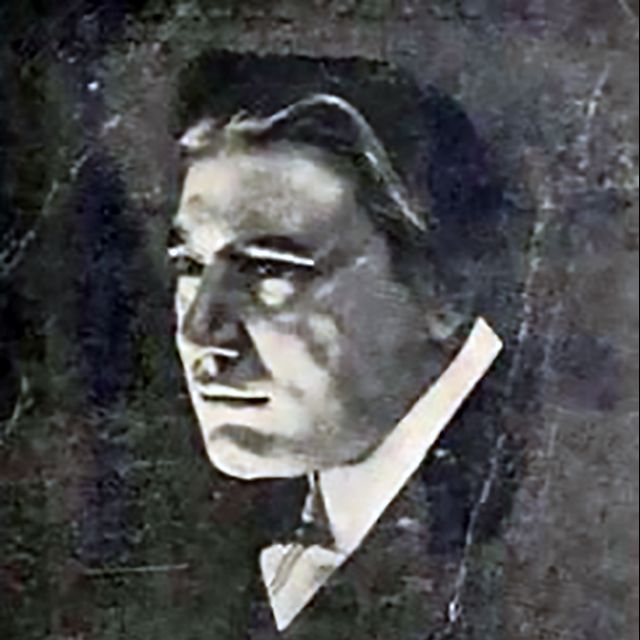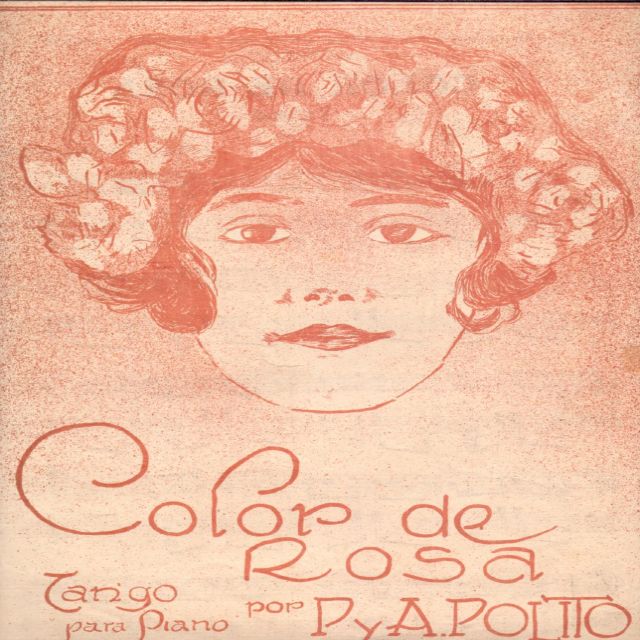“Pablo” by Anibal Troilo y su Orquesta Típica, 1943.
“Pablo” by Anibal Troilo y su Orquesta Típica, 1943.

Pablo Podestá
Singer, guitarist, composer and actor (22 November 1875 – 26 April 1923)
He was the younger brother of the Podestá, the great artistic family directed by José Podestá (Don Pepe or Pepino 88), the founder of the Argentine theater.
Since childhood, he learned all the circus secrets, and at age eight, he was already spoiled by the public for his acrobatic exhibits.
When his brother and guide, Pepe, decided to form a company, he became an actor. When he managed to make a name for himself, he started his own, premiering in his long career the best dramas of Florencio Sánchez and other great Argentine authors of the time.
Those who saw him act assured that he had no rival on the scene and always remembered him as the greatest of our actors.
José Martinez composed this tango in his homage.
Listen and buy:
-
Amazon music
-
iTunes music
-
Spotify
We are happy to have a collaboration with the people from tangotunes.com from whom some of you may have heard, they do high-quality transfers from original tango shellacs.
It is the number 1 source for professional Tango DJs all over the world.
- Now they started a new project that addresses the dancers and the website is https://en.mytango.online
You will find two compilations at the beginning, one tango and one vals compilation in amazing quality.
The price is 50€ each (for 32 songs each compilation) and now the good news!
If you enter the promo code 8343 when you register at this site you will get a 20% discount!
Thanks for supporting this project, you will find other useful information on the site, a great initiative.
More Argentine Tango music selected for you:
We have lots more music and history






